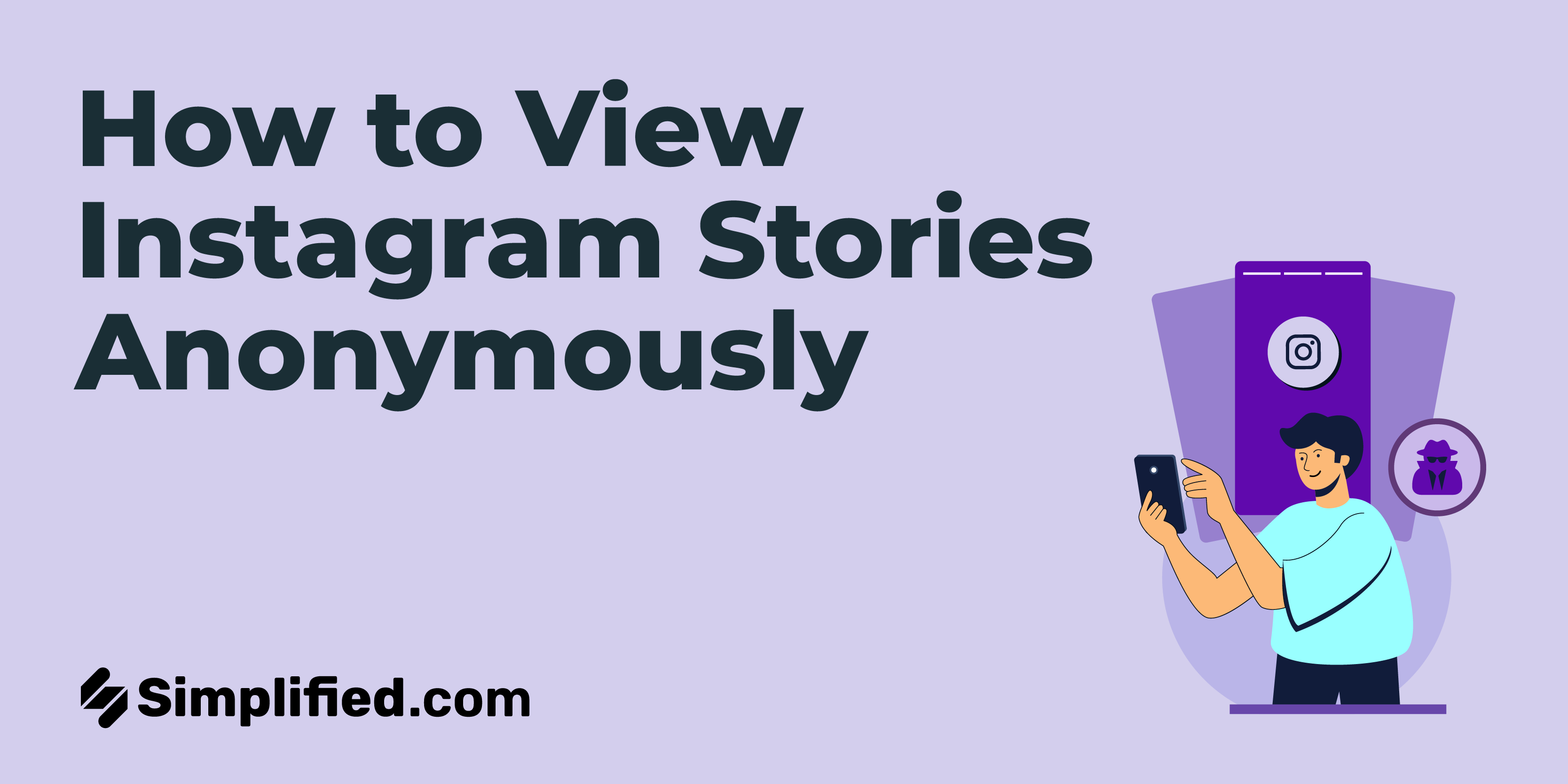What is A/B Testing?
A/B testing involves comparing two versions of a webpage, app, or marketing campaign to determine which one performs better. To set up an A/B test, users are randomly assigned to either version A or version B, and their behavior is measured. The objective is to identify the version that generates more conversions, such as clicks, sign-ups, or purchases. The winning version is then implemented to enhance overall performance.
When would you utilize A/B Testing?
A/B testing is commonly employed in online marketing and web design to enhance the conversion rate and optimize user experience. Here are a few scenarios where A/B testing can be particularly beneficial:
- Website Design: During website redesign, A/B testing allows testing different layouts, colors, and images to determine which one improves engagement rates.
- Landing Pages: When running a marketing campaign with a dedicated landing page, A/B testing helps identify which headlines, copy, or calls-to-action drive the most conversions.
- Email Marketing: A/B testing can assist in testing different subject lines, email copy, and offers to determine which ones result in more opens, clicks, and conversions.
- Mobile Apps: A/B testing enables testing various app designs, features, and user flows to identify those that lead to more engagement and user retention.
In general, A/B testing is valuable whenever a specific goal is in mind, and different variations need to be tested to determine the best-performing option. This data-driven approach facilitates making informed decisions that bring you closer to achieving your objectives.
What is an illustration of an A/B test?
Suppose you have an e-commerce website and aim to increase customer purchases. One idea is to change the color of the "Add to Cart" button on the product page from green to orange, as you believe it might improve visibility and encourage more clicks.
To test this hypothesis, you would conduct an A/B test. Two versions of the product page would be created: one with the green "Add to Cart" button (version A) and another with the orange "Add to Cart" button (version B). Visitors to your website would be randomly assigned to see either version A or version B. The number of clicks on the "Add to Cart" button and the number of purchases made would be tracked.
After gathering data for a specified duration, the results would be analyzed to determine the superior performing version. Let's say the analysis reveals that version B (with the orange button) exhibited a higher click-through rate and resulted in more purchases than version A (with the green button). Based on these findings, you would decide to implement the orange button on your website to enhance conversion rates.
.webp)













